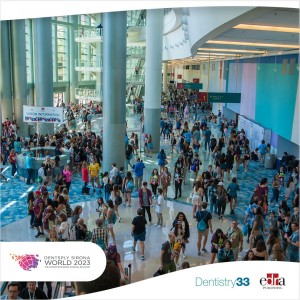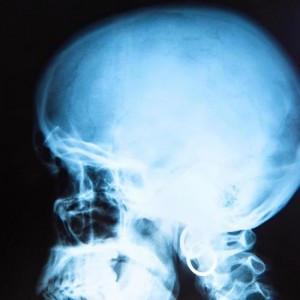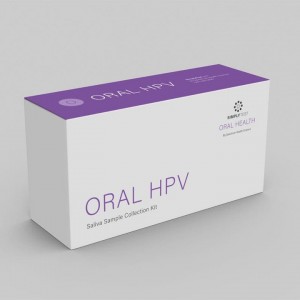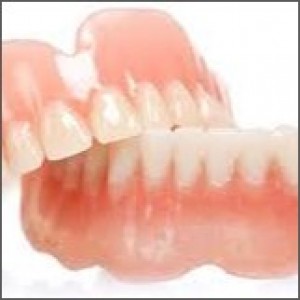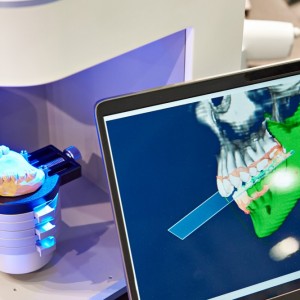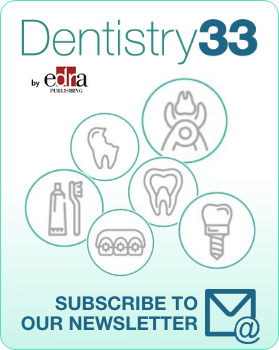
Are rotary instruments potential reservoirs of infectious agents?
Lara Figini
Diamond burs (DB) and tungsten carbide burs (CB) are the most used rotary cutting instruments (RCI) in the dental office. To ensure the safe clinical use of these health care products, the recommended method of processing is sterilization, which kills all forms of microbial life, including bacterial spores.
However, these RCI have a complex surface, due to the presence of indentations and irregularities, a morphology that favors the retention of debris and bacteria. Therefore, their proper cleaning and subsequent sterilization is difficult to achieve.
The possibility that RCIs could be potential reservoirs of infectious agents for patients and dentists should be considered by healthcare professionals due to their inappropriate use or treatment.
Materials and methods
In a study published in the Journal of the American Dental Association in April 2023, the authors analyzed the structural integrity, presence of debris and bacterial contamination of RCIs used in clinical practice after sterilization.
The RCIs evaluated in this study are from the same brand name and production and were divided into two main groups: diamond burs DB (n = 42) and tungsten carbide burs CB (n = 42). Each of these groups was divided into subgroups by means of a simple draw.
The groups and subgroups are as follows:
N. 1 or baseline group (GB): new RCIs (n = 12), divided into GB-DB (n = 6) and GB-CB (n = 6), where no sterilization and no clinical use have been performed
N. 2 or control group (G0): new RCIs (n = 12), divided into G0-DB (n = 6) and G0-CB (n = 6), where sterilization was performed but no clinical use.
N. 3 or test group (GT): new RCI (n = 60) divided into 5 subgroups of 12 RCI each, consisting of DB (n = 6) and CB (n = 6), where sterilization was performed after several clinical uses and treatments determined for each subgroup classified according to the number of clinical uses:
- GT-1, 1 cavity preparation and 2 sterilizations
- GT-2, 2 cavity preparations and 3 sterilizations
- GT-3, 3 cavity preparations and 4 sterilizations
- GT-4, 4 cavity preparations and 5 sterilizations, and
- GT-5, 5 cavity preparations and 6 sterilizations.
All RCIs were sterilized prior to first clinical use and subjected to the procedures described above, then evaluated by scanning electron microscopy and subjected to microbiological analyses.
Evaluation criteria included the presence of structural damage, debris, biofilm and isolated cells and their phenotypic profile.
Results
All CB groups have suffered structural damage, from new CBs to those that have undergone five cycles of use and sterilizations. Fractures occurred in the CB groups and loss of integrity of the cutting blade edges was observed.
The DB cutters showed structural damage only in the test groups (GT-1 to GT-5). Displacement of the diamond particles was observed, exposing niches in the metal matrix of the active tip where the particles were attached.
Regarding the presence and retention of debris, 100% of the RCI (CB, DB) in the GB and GT groups (GT-1, GT-2, GT-3, GT-4, GT-5) (n = 30) had debris on the surface. The presence of debris on the RCIs in the GT groups was independent of the number of uses. No debris was found on the surface of the RCIs in the control group (G0).
CB images revealed increased debris in the lower third of the active tip of the burs. EDS analysis confirmed that the bottom third of the CB burs were composed of iron, which differed from the top two thirds composed of tungsten.
In the DB cutters, debris was found to accumulate between the diamond particles and in the niches corresponding to the particle displacement areas. Furthermore, the images obtained from the analysis of the DB drills indicated the presence of dental tissue remains between the diamond particles, as the EDS analysis revealed a high presence of phosphorus and calcium in this region.
The tungsten carbide burs of all groups and the diamond burs of the test group showed structural damage.
Three bacterial species were isolated in 4 RCI (9.52%). An isolated cell was observed by one carbide bur. Biofilm was observed in three RCI (7.14%).
Conclusions
From the data of this study, it can be concluded that RCIs should not be subject to multiple uses. After the first clinical use, they accumulate structural damage and debris that hinder the cleaning phase, causing the sterilization process to fail.
For more information: "Biofilm on and structural damage of rotary cutting instruments after 5 cycles of clinical use and processing."
 Related articles
Related articles
According to a news release, each of Sendoline’s S3 instruments are manufactured in NiTi alloy with different flexibility...
Oral Hygiene & Prevention 21 April 2025
Change in diet and oral hygiene over an 8-week period: effects on oral health and oral biofilm
The aim of the study was to monitor changes in oral health and oral biofilm composition in vivo during an experiment simulating prehistoric lifestyle and diet and poor oral hygiene.
Oral Hygiene & Prevention 23 September 2023
UNC, U Penn community-based study offers dental disease insights
By UNC Adams School of Dentistry News
Their findings, reported in Nature Communications, showed that dental caries in childhood are characterized by an imbalance in the oral microbiome, and that previously unrecognized bacterial...
USA 21 September 2023 - 23 September 2023
Early Bird pricing available through July 15
This year’s "Ultimate Experience in Digital Dentistry" will be a special learning opportunity with two live procedures for participants to observe and learn from. Renowned experts Drs. Mark Ludlow...
Restorative dentistry 04 September 2023
Denture plaque, a biofilm that develops on denture surfaces, could contribute to many oral and systemic afflictions.
 Read more
Read more
Much like EMTs rushing to the scene after an accident, stem cells hurry to the site of a skull fracture to start mending the damage. A new finding has uncovered the signaling mechanism that triggers...
Products 05 November 2025
SimplyTest has launched a groundbreaking saliva-based test to detect high-risk strains of oral human papillomavirus (HPV), a major cause of oropharyngeal cancers.
News 05 November 2025
Perimetrics, Inc., a dental technology company pioneering quantitative diagnostics, announced today that the U.S. Food and Drug Administration (FDA) has granted clearance for the InnerView...
News 05 November 2025
On October 15, open enrollment for Medicare began nationwide. Hundreds of thousands of seniors in New Jersey will once again face the challenge of finding the right Medicare coverage, including the...
Digital Dentistry 04 November 2025
Digitalisation is an expanding field in dentistry and implementation of digital teaching methods in dental education is an essential part of modern education.






